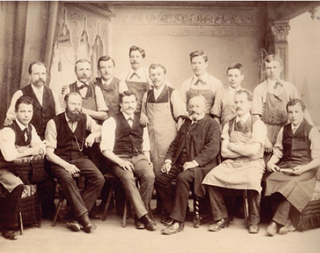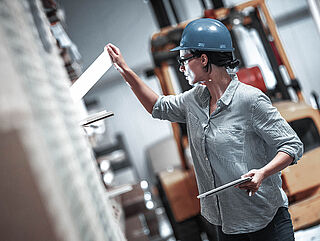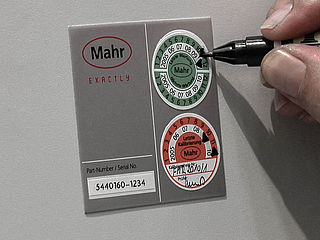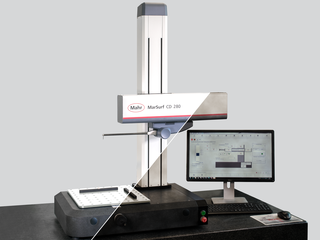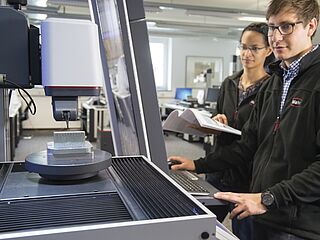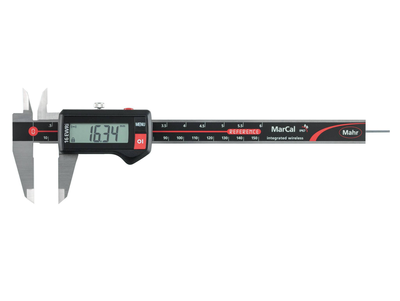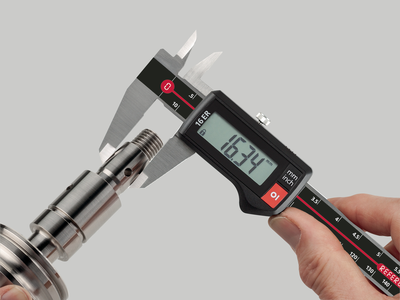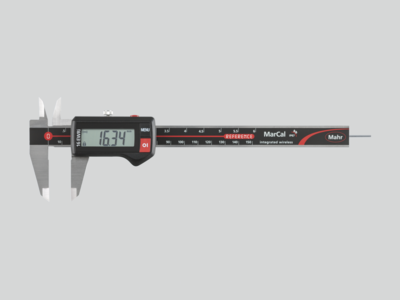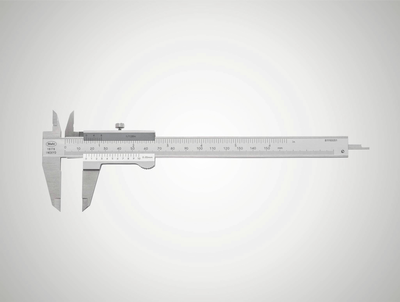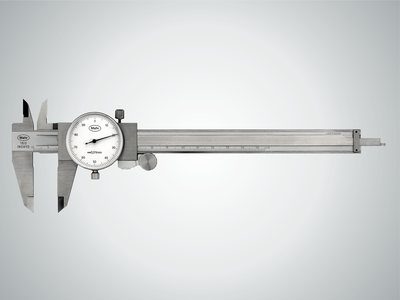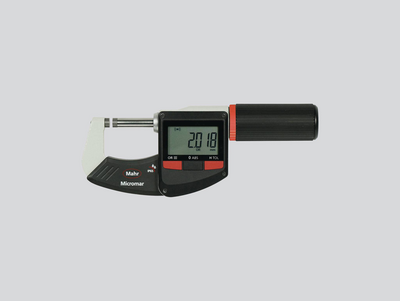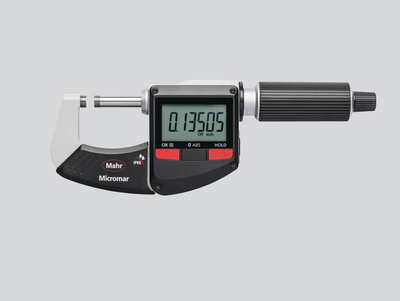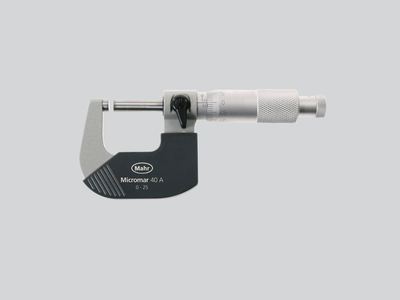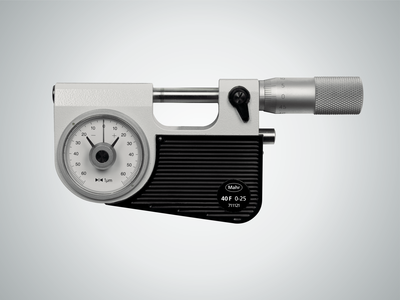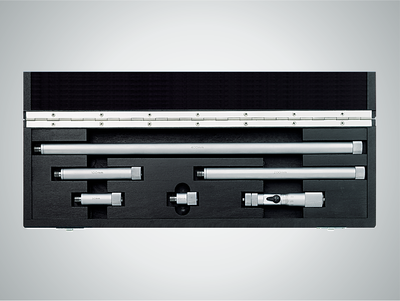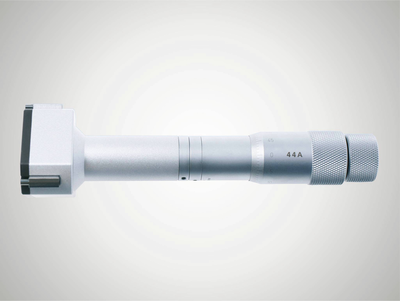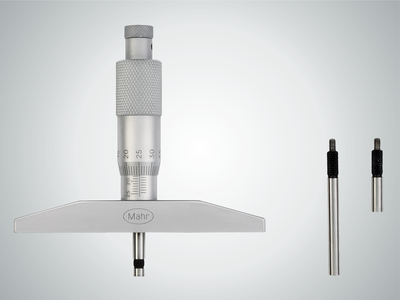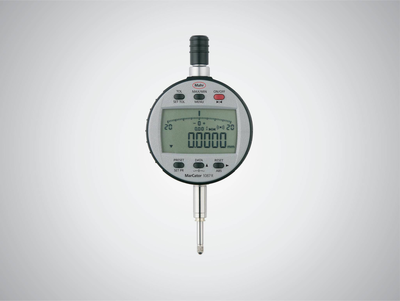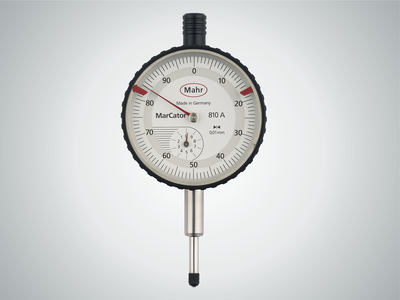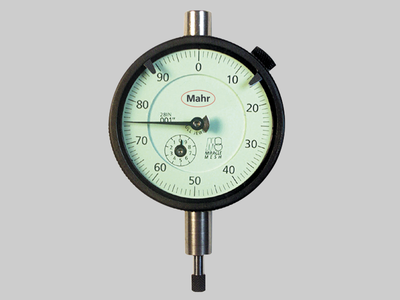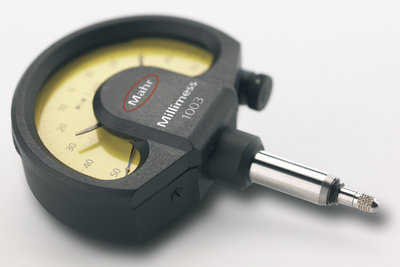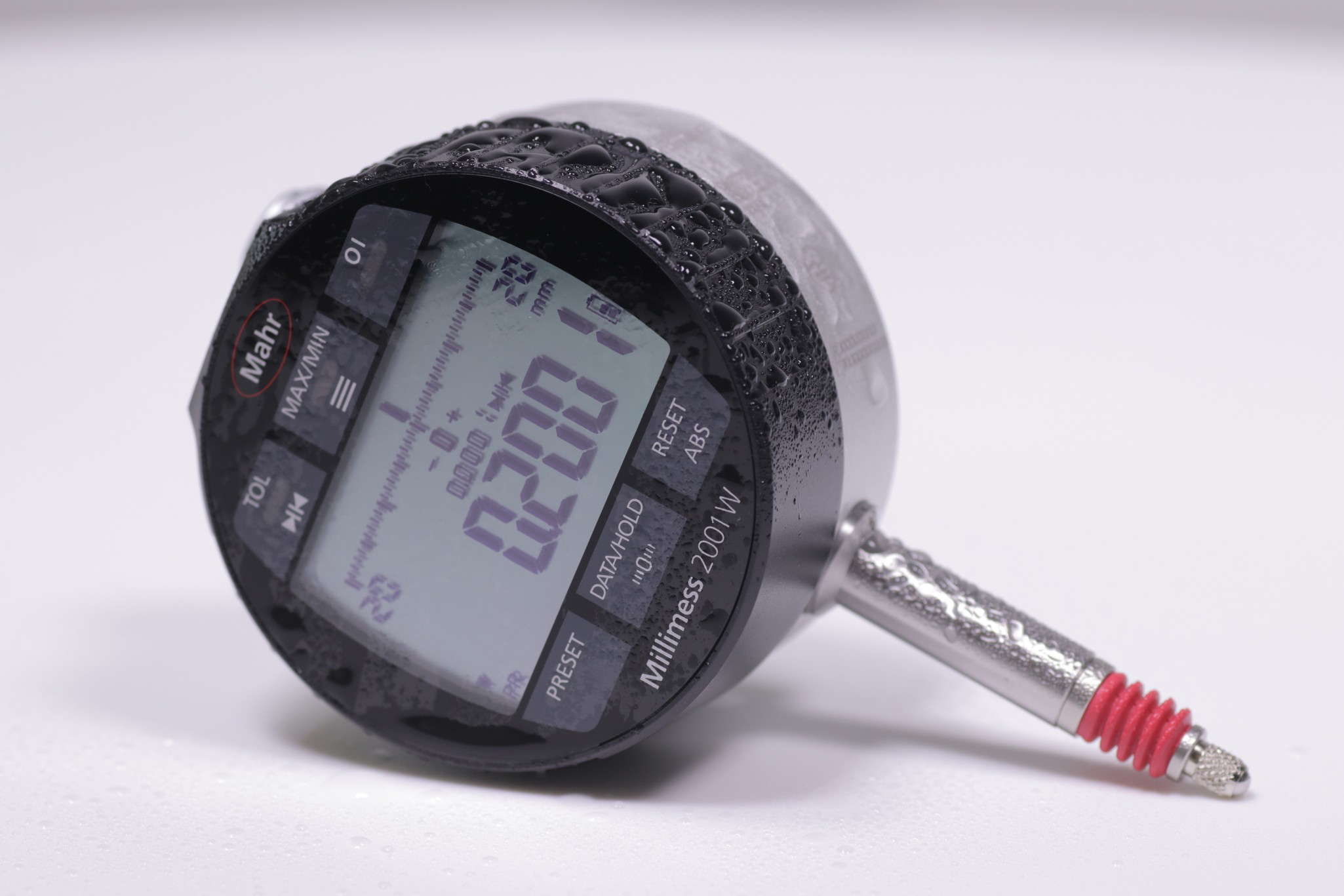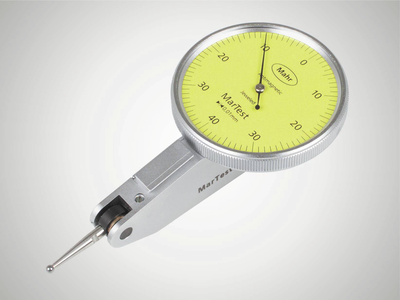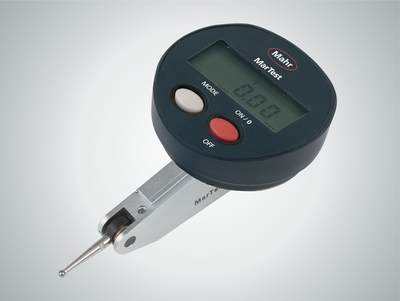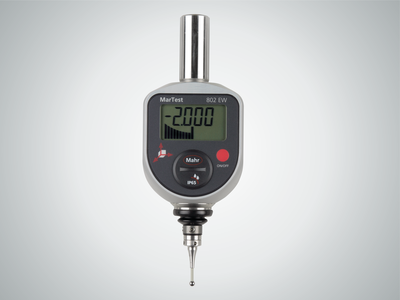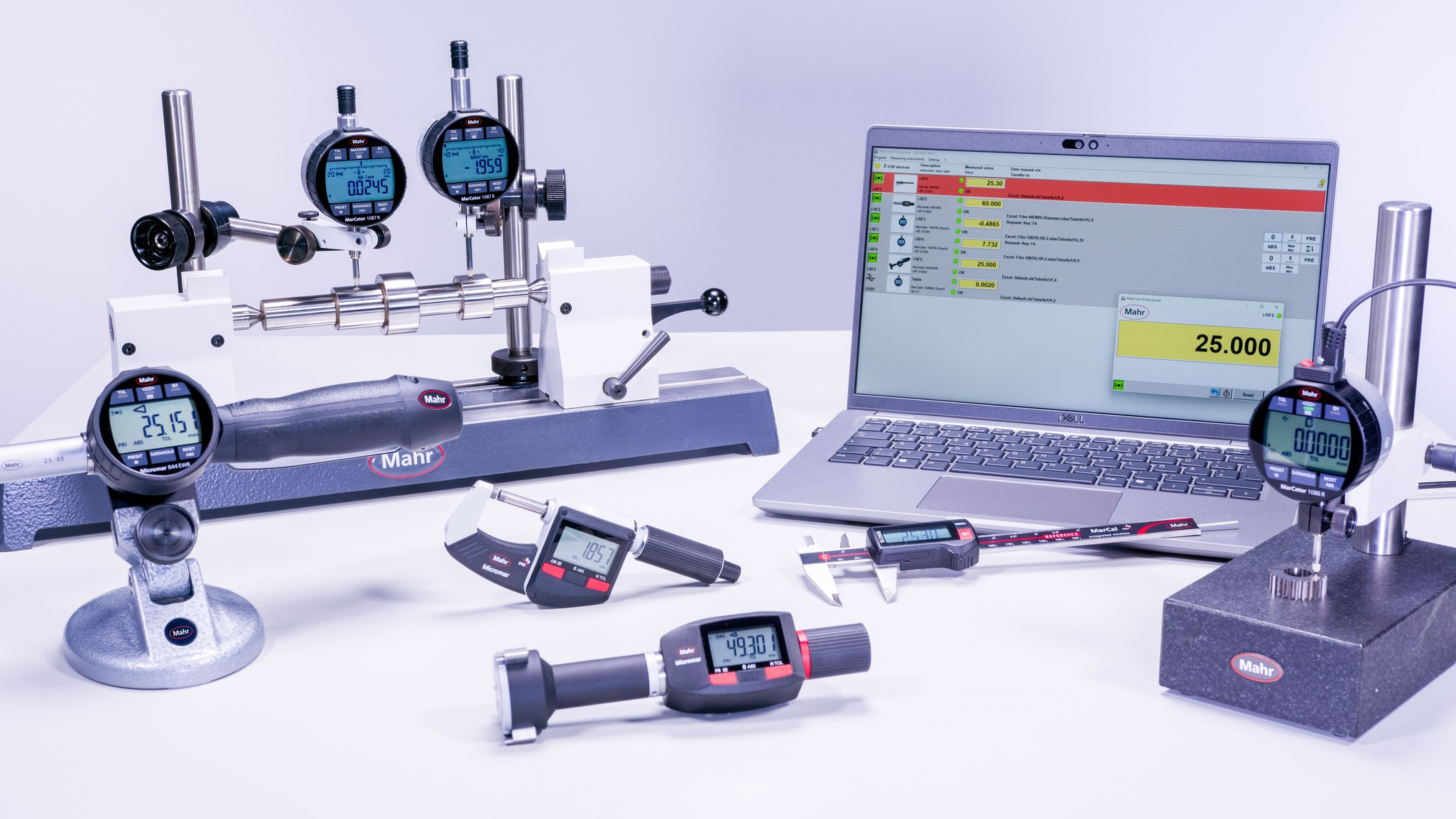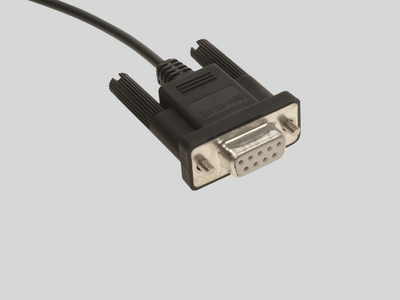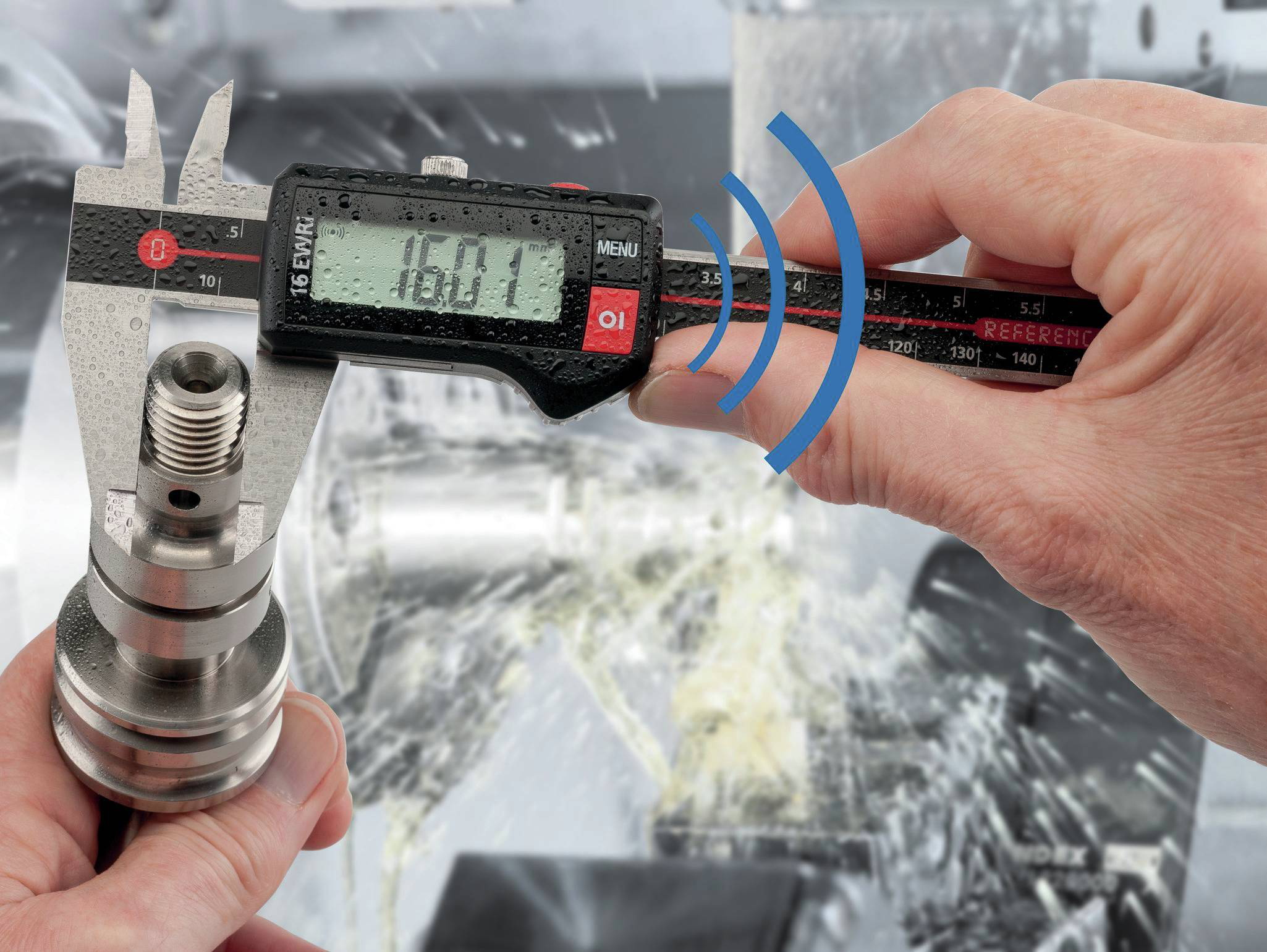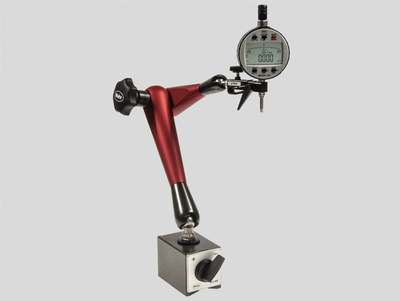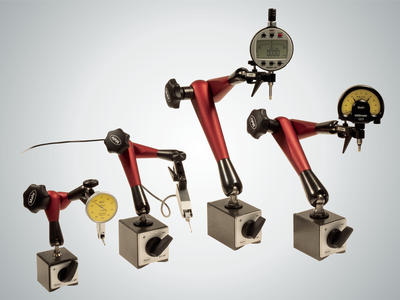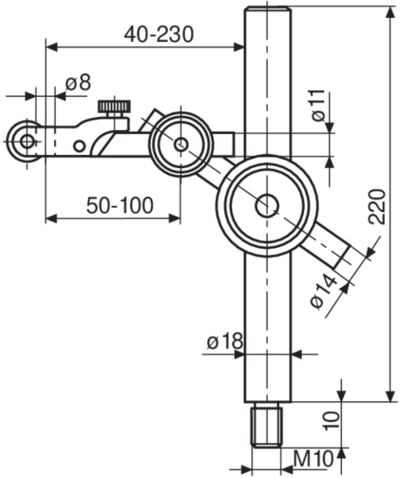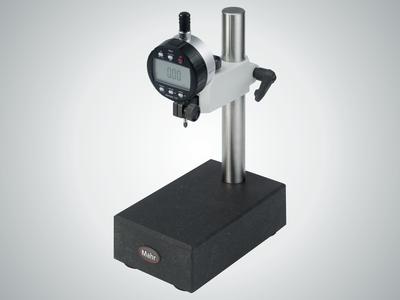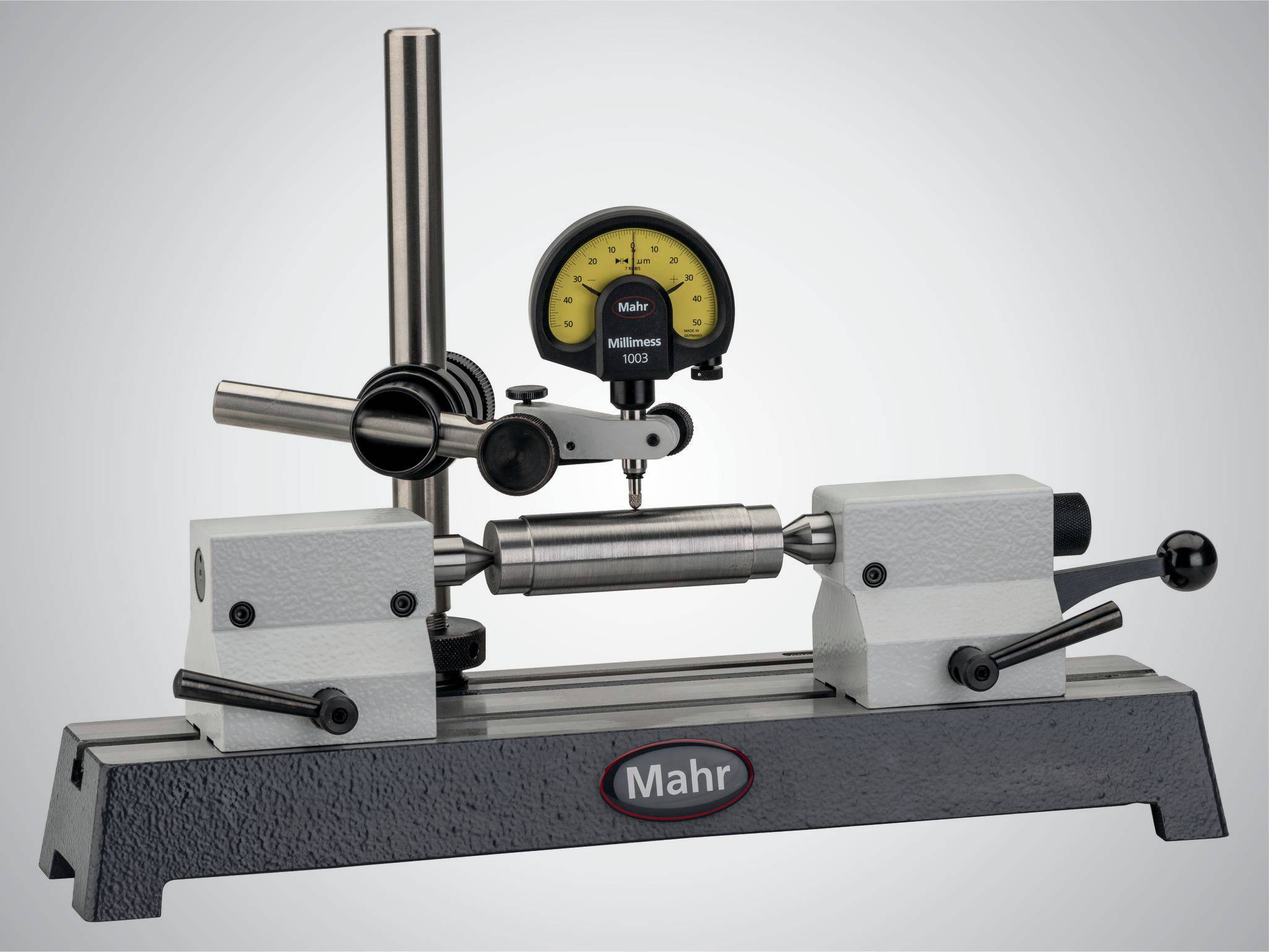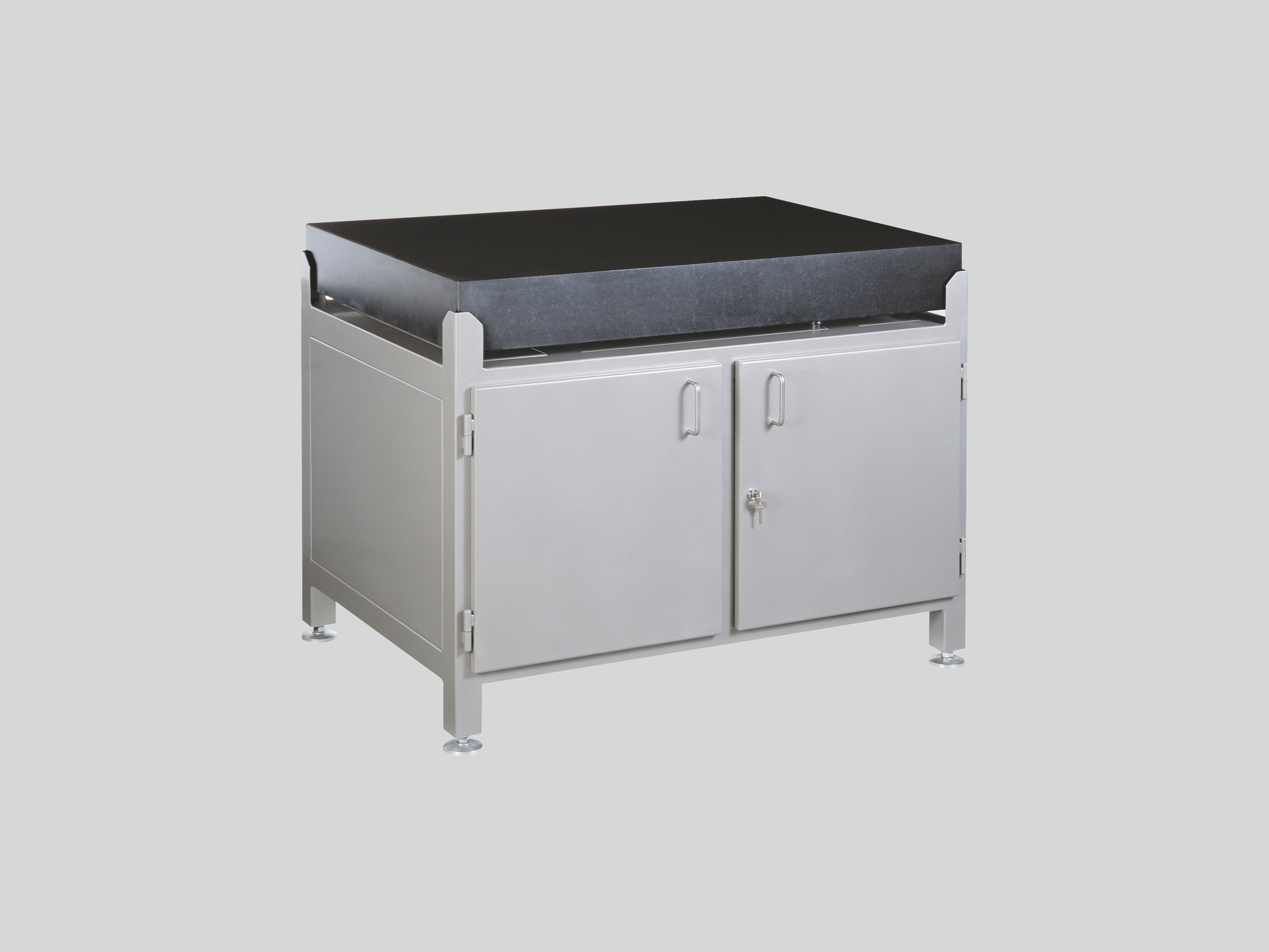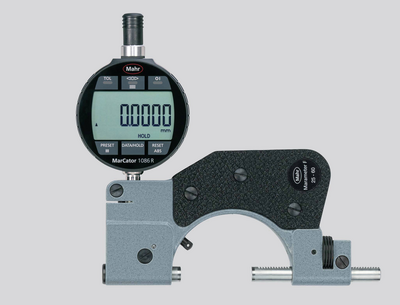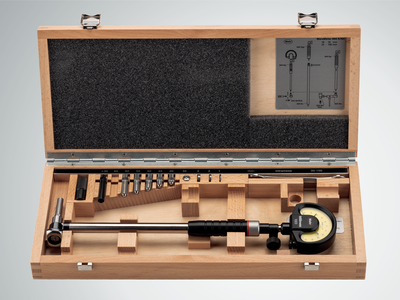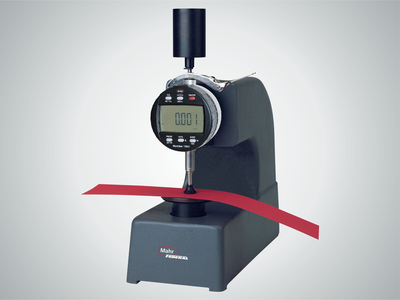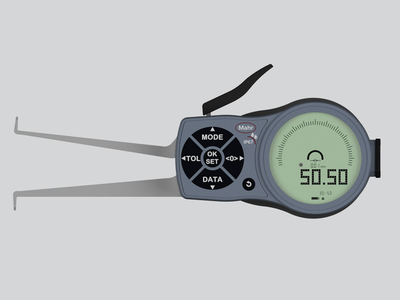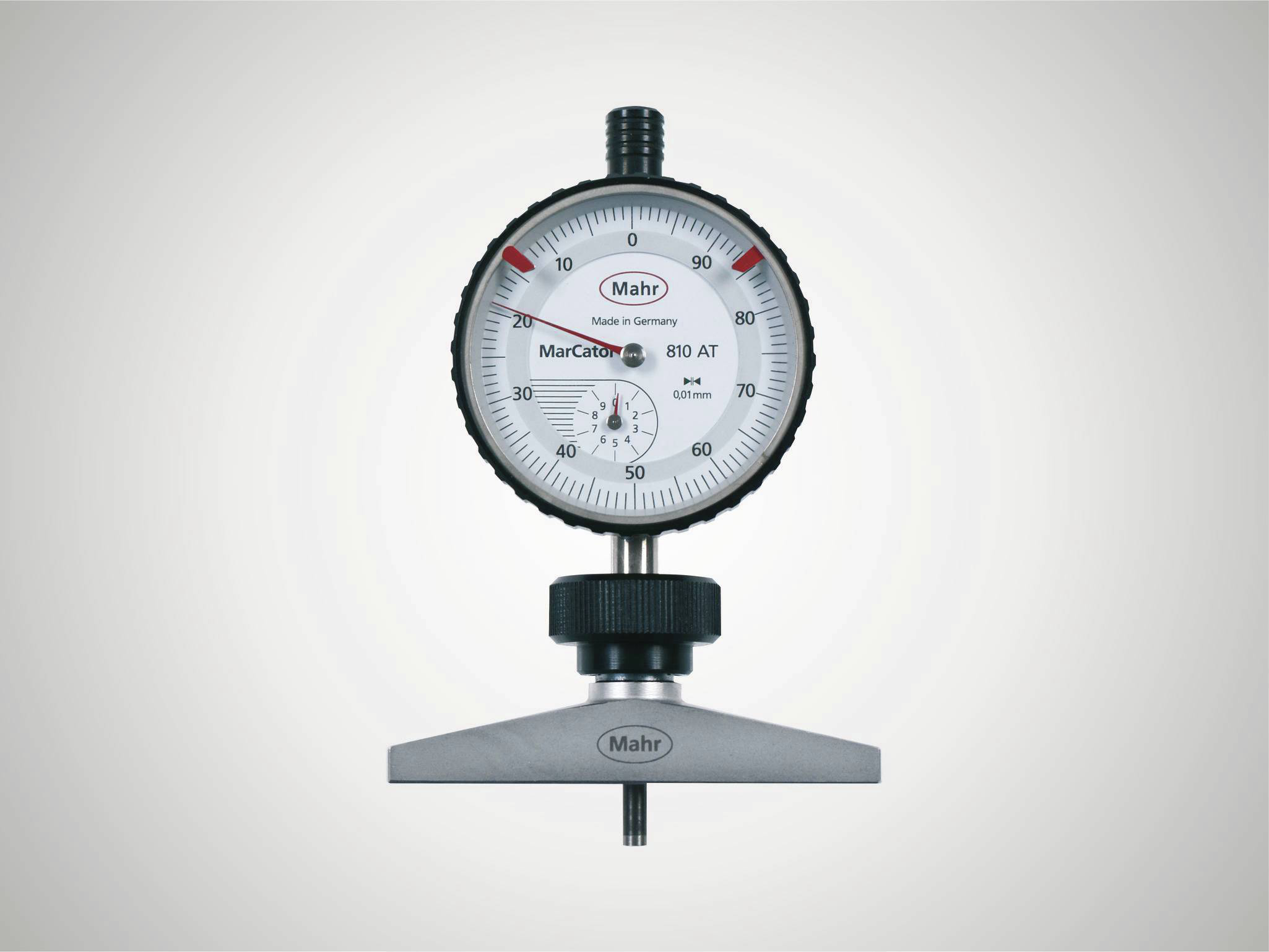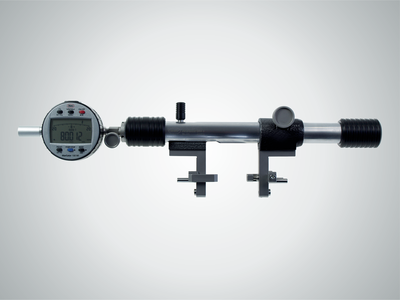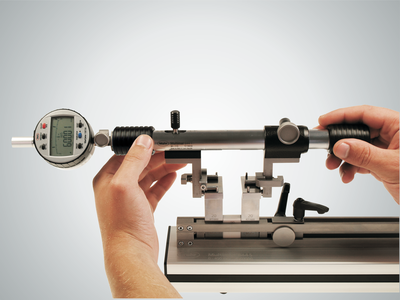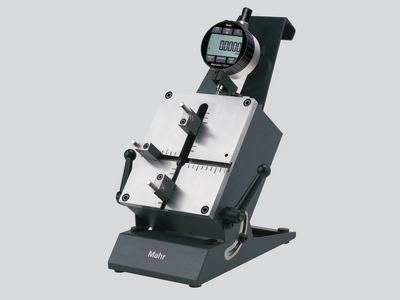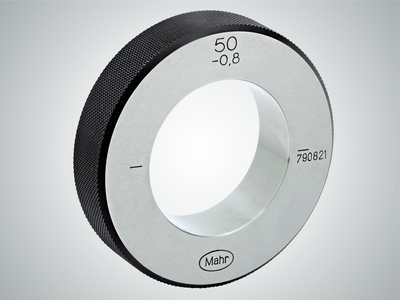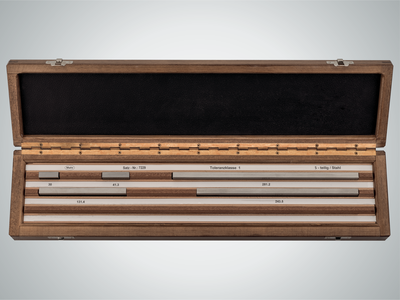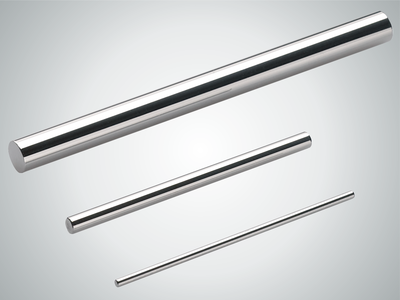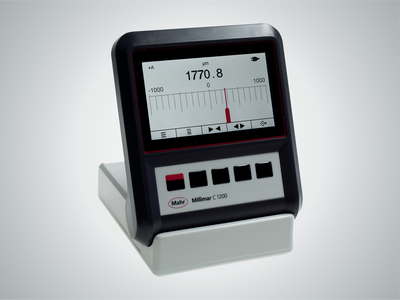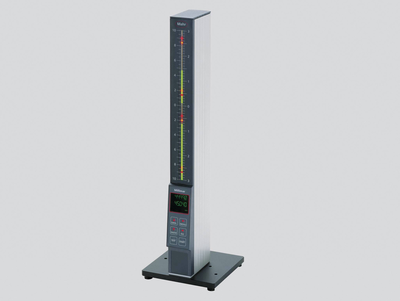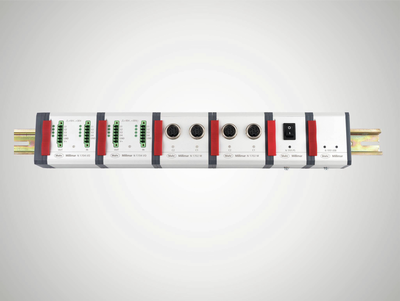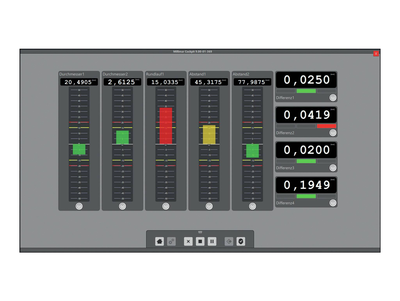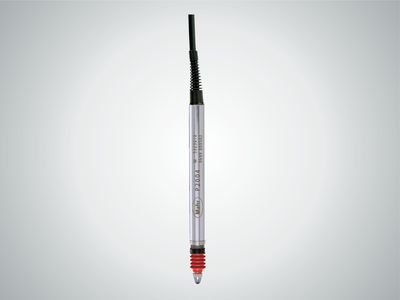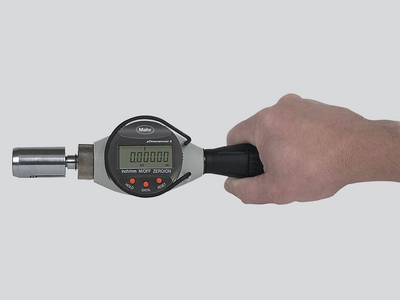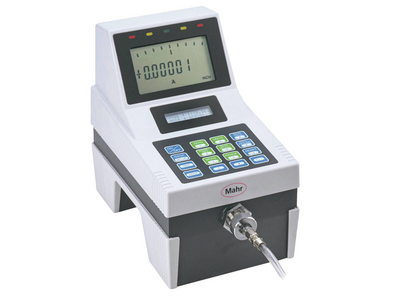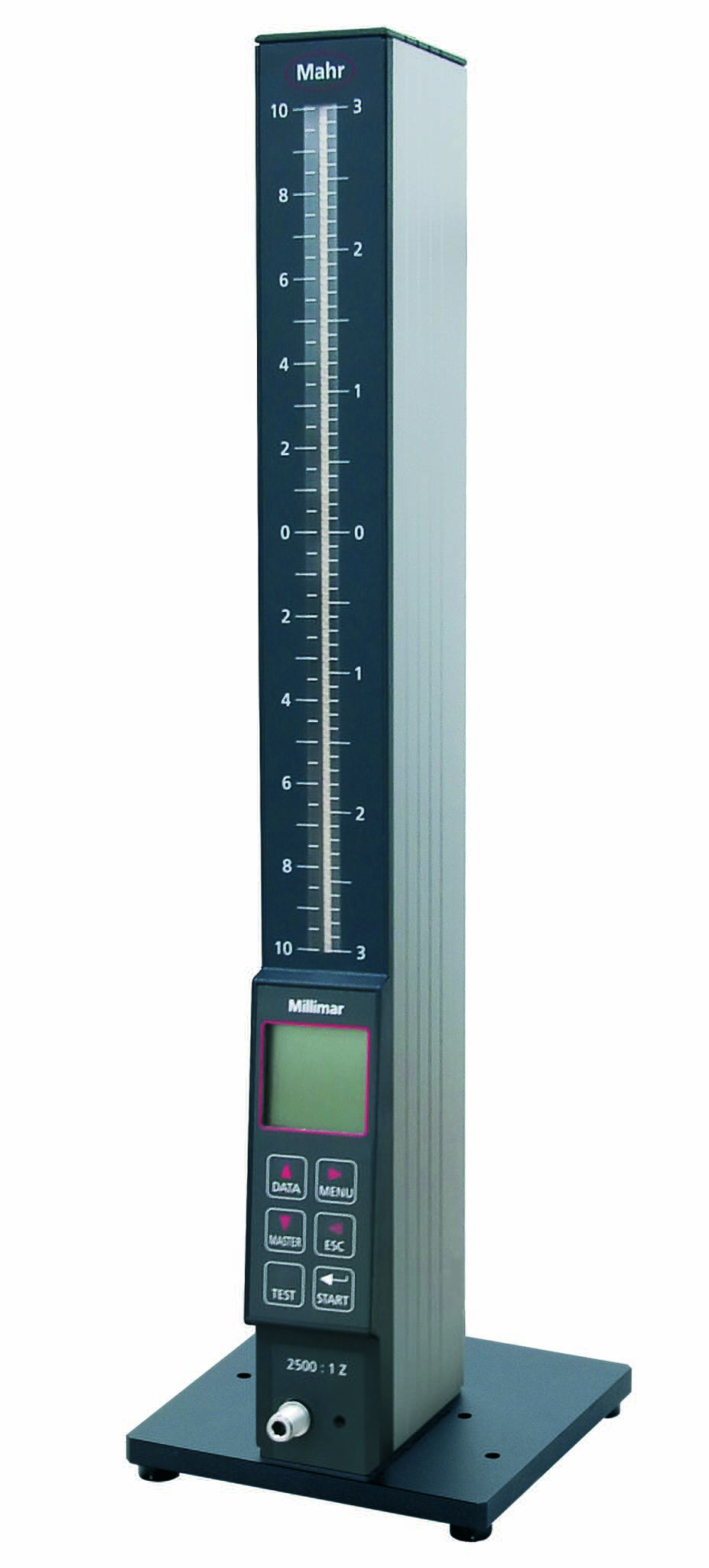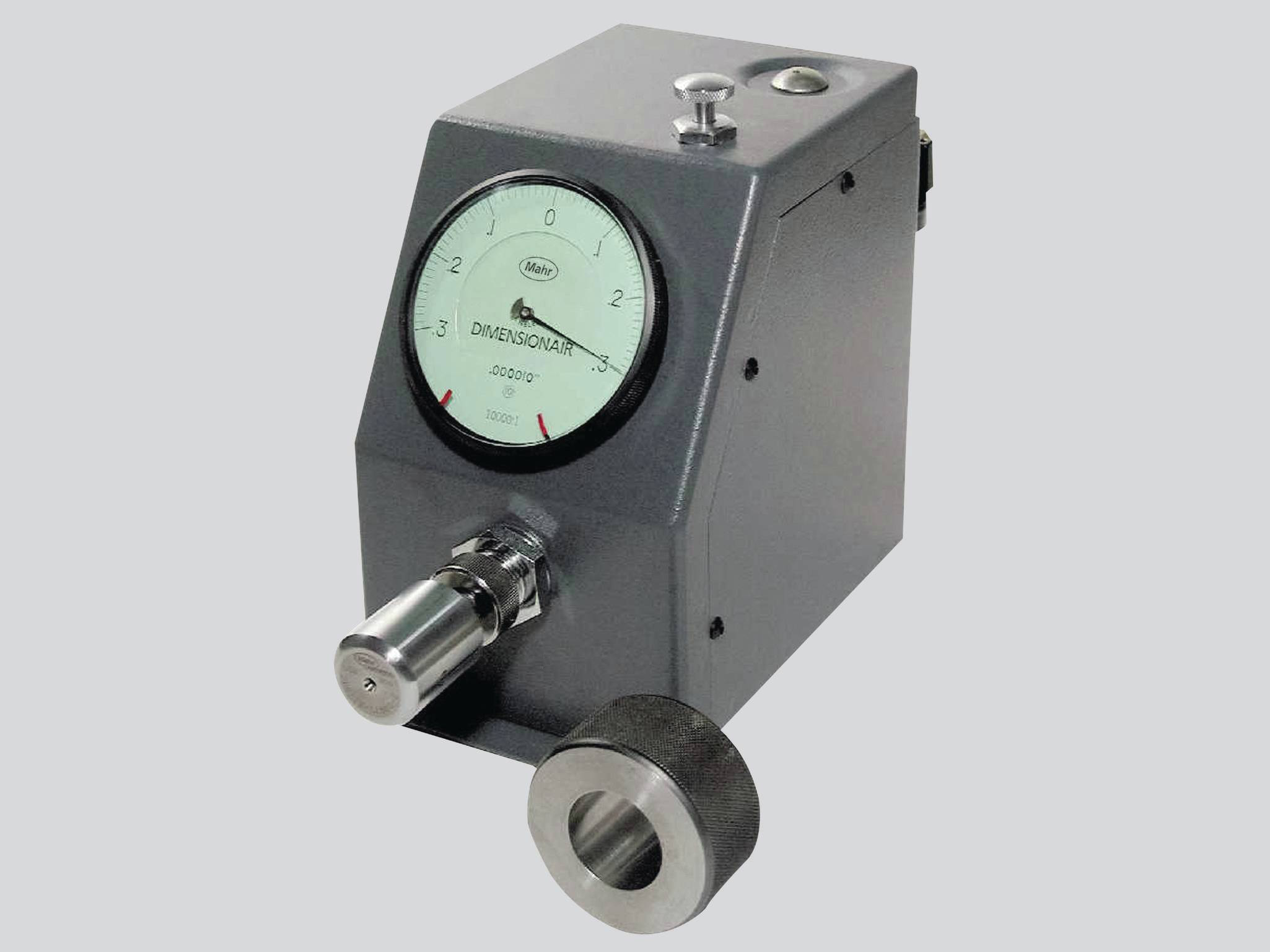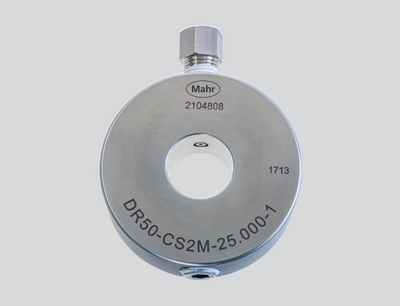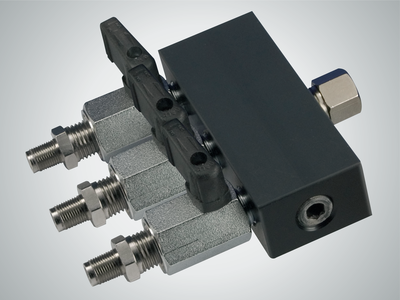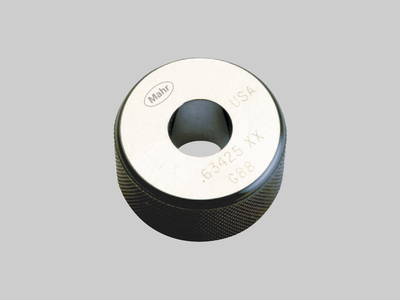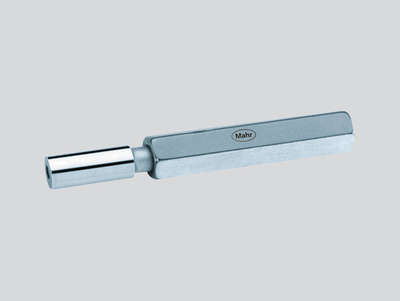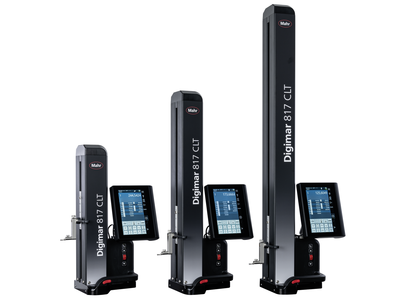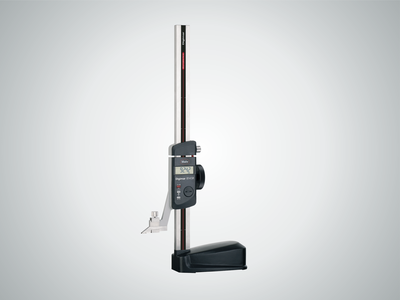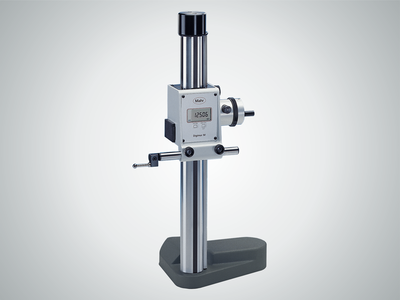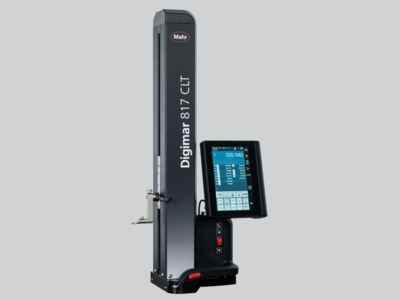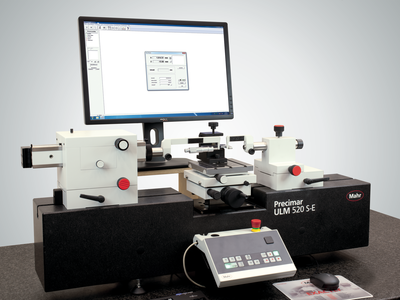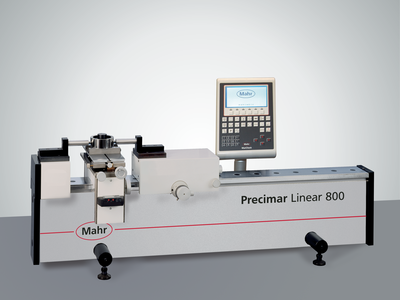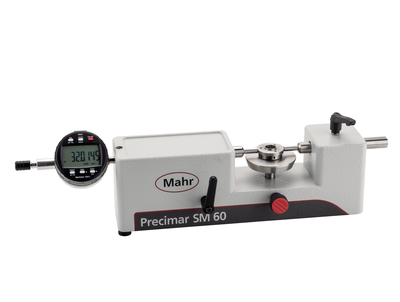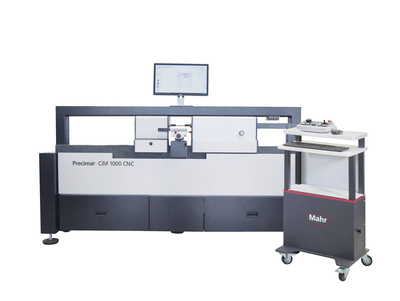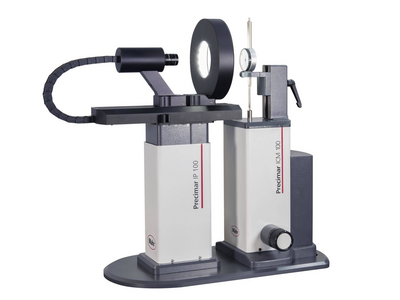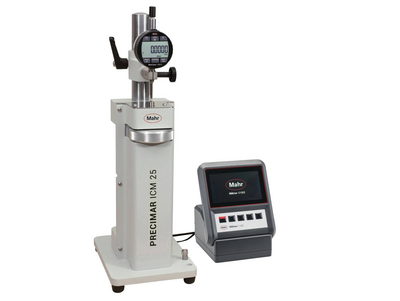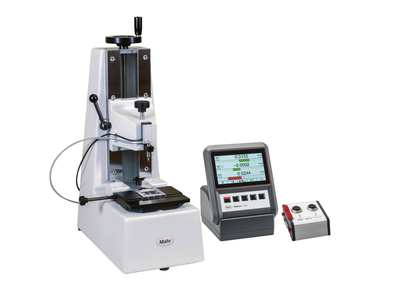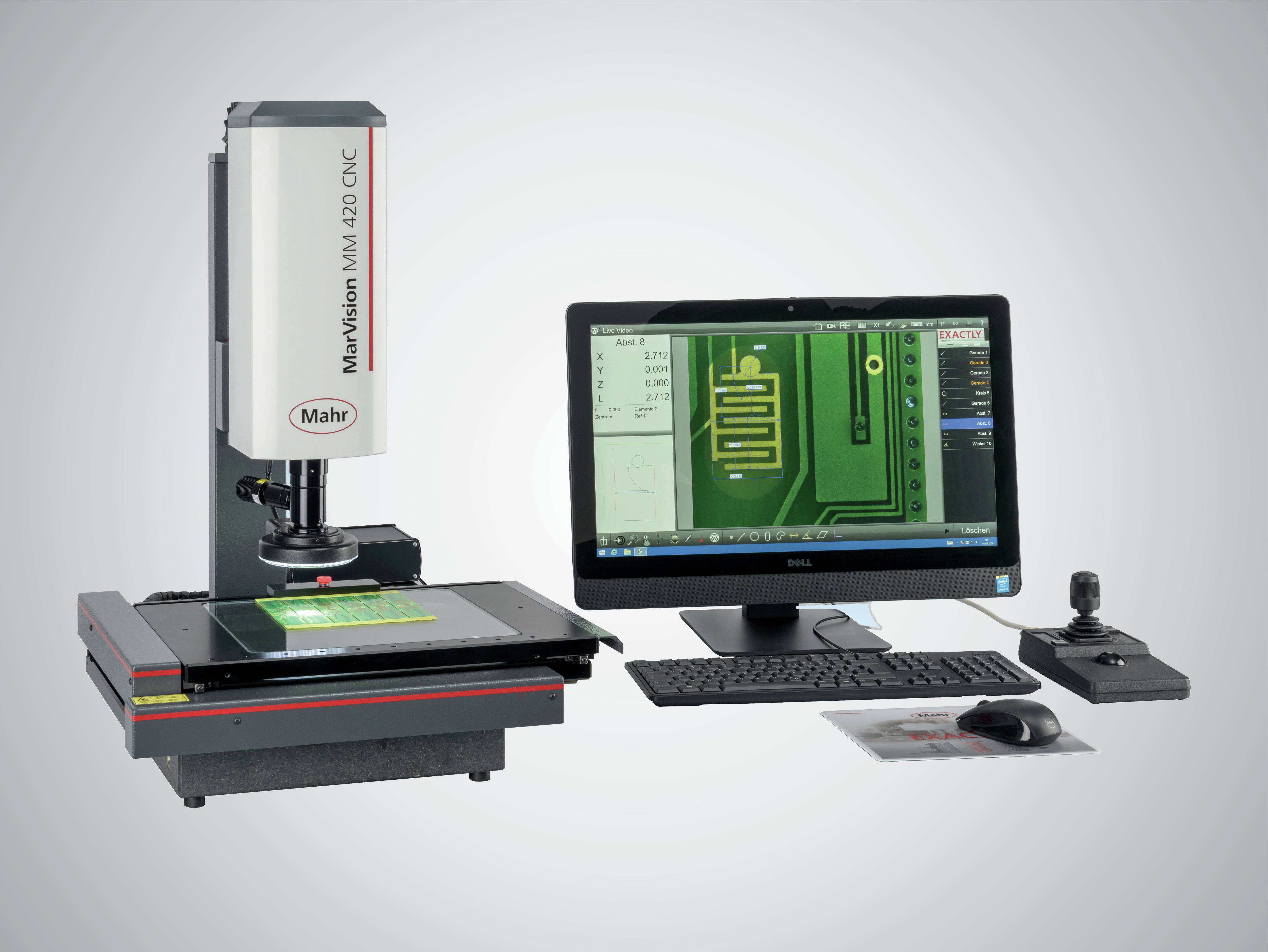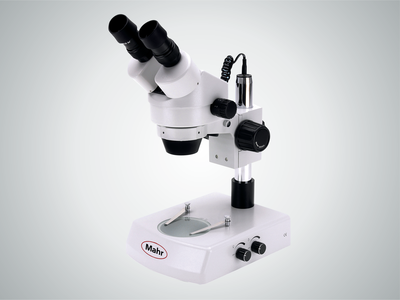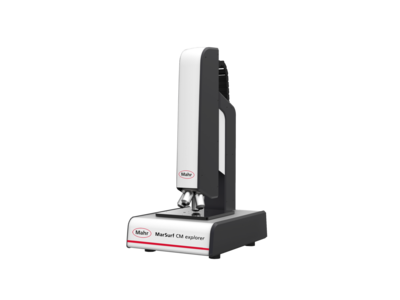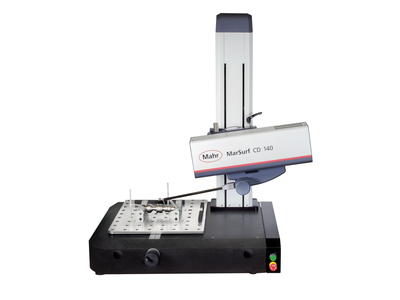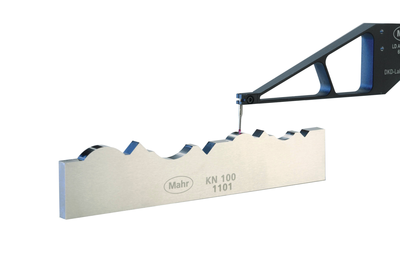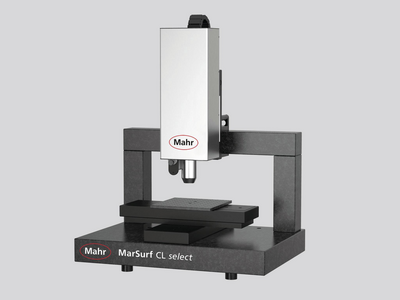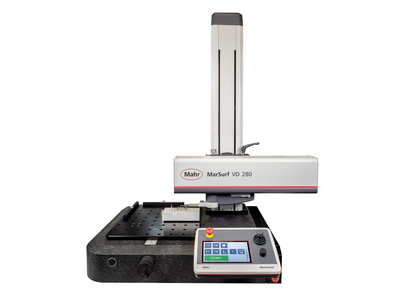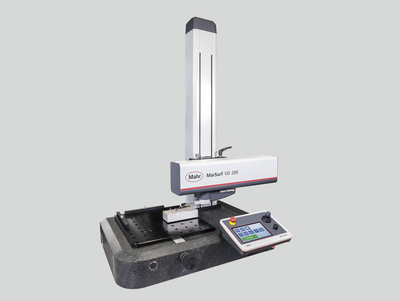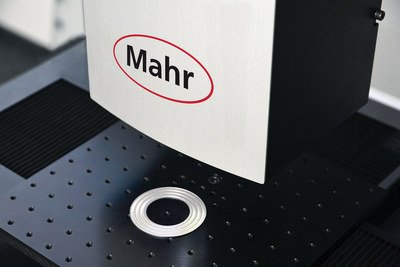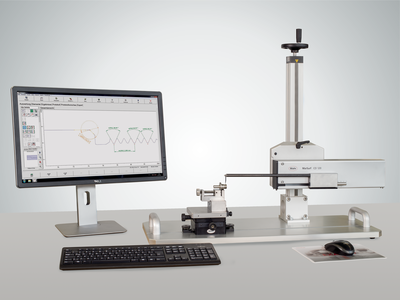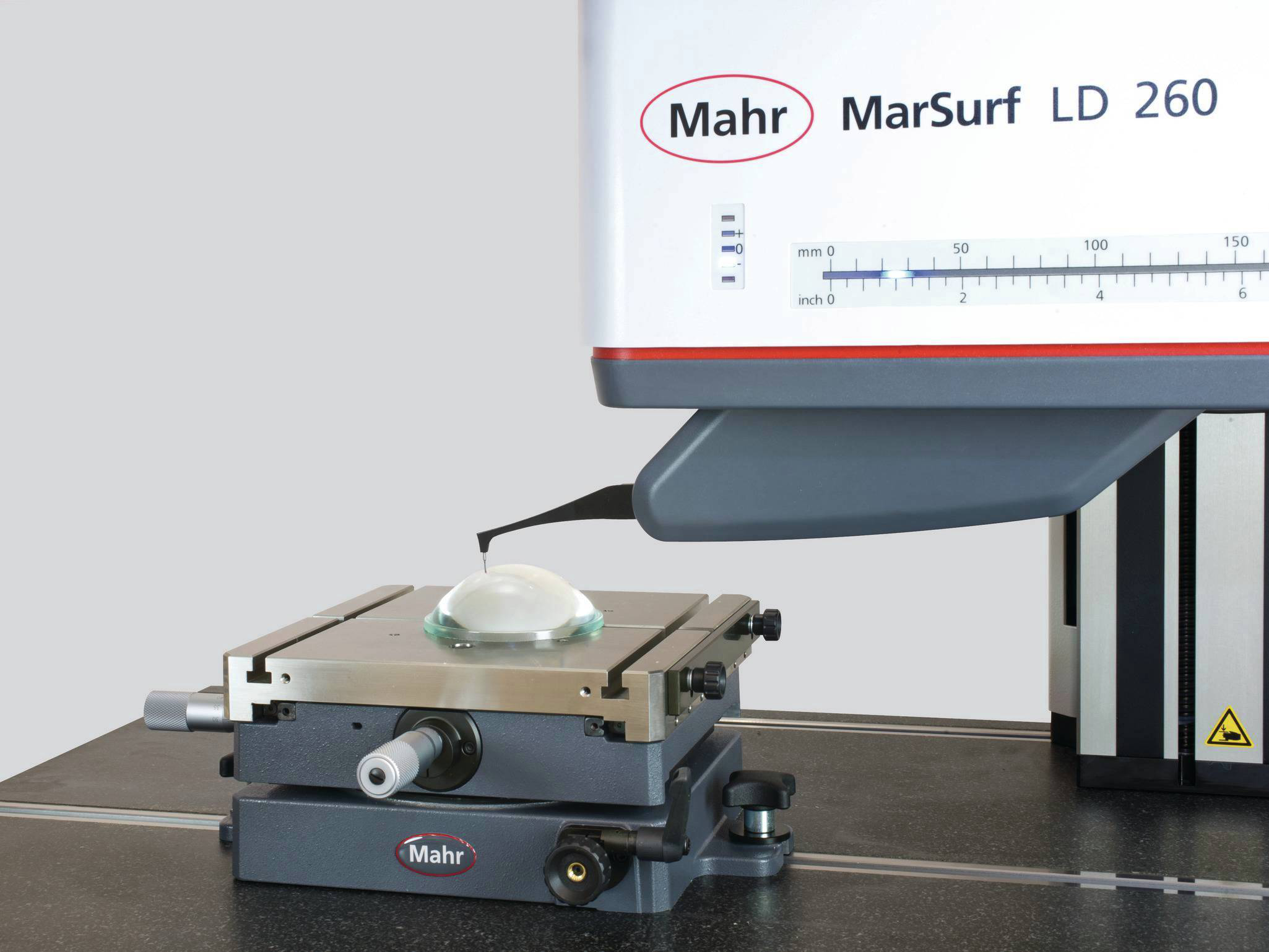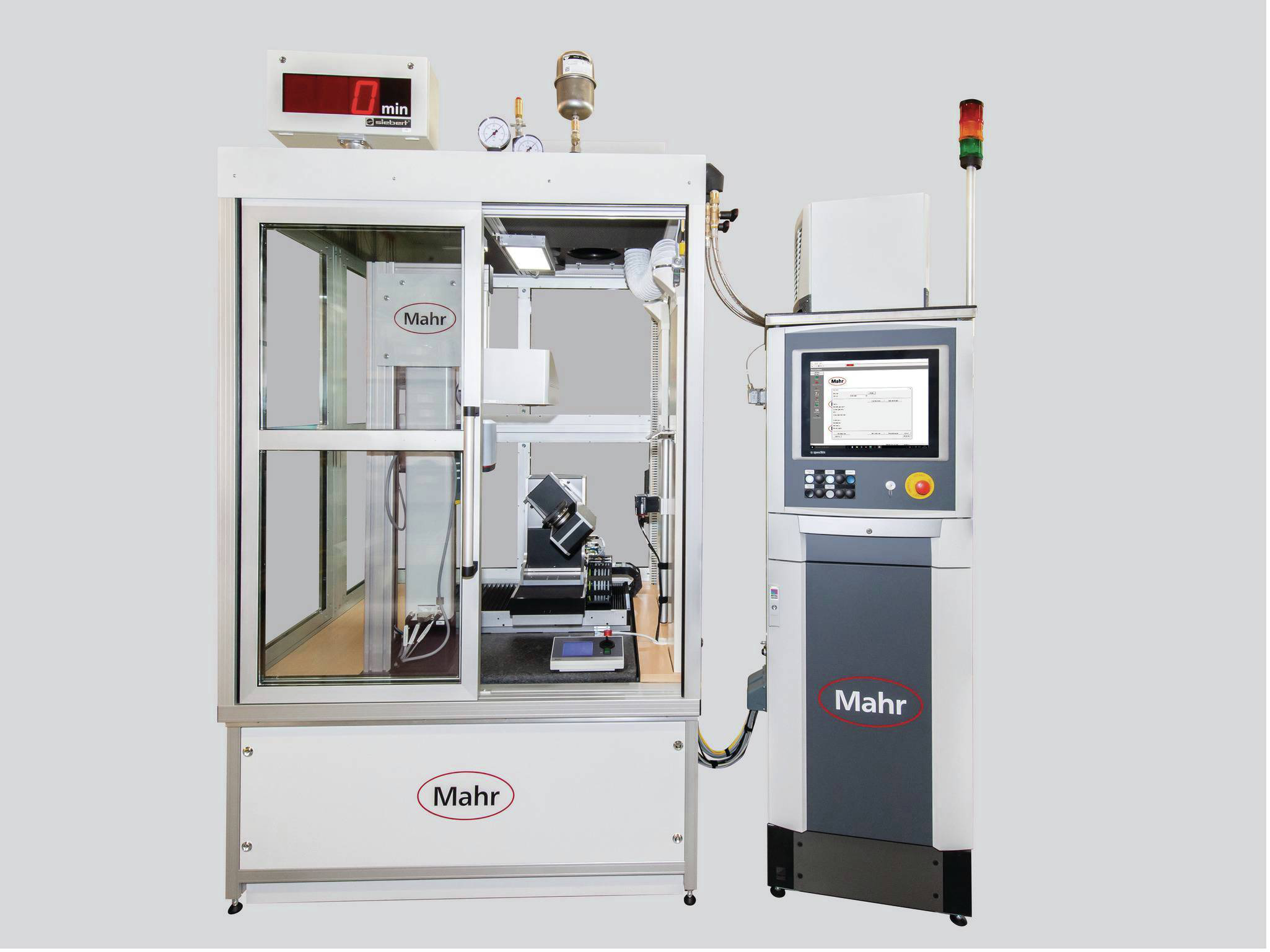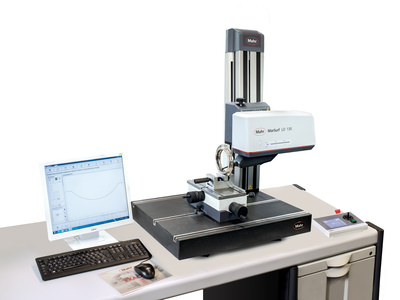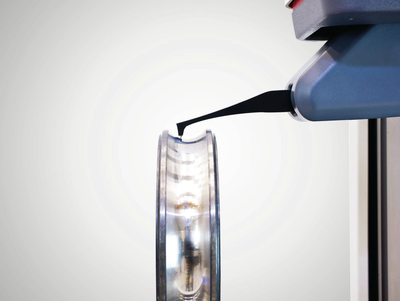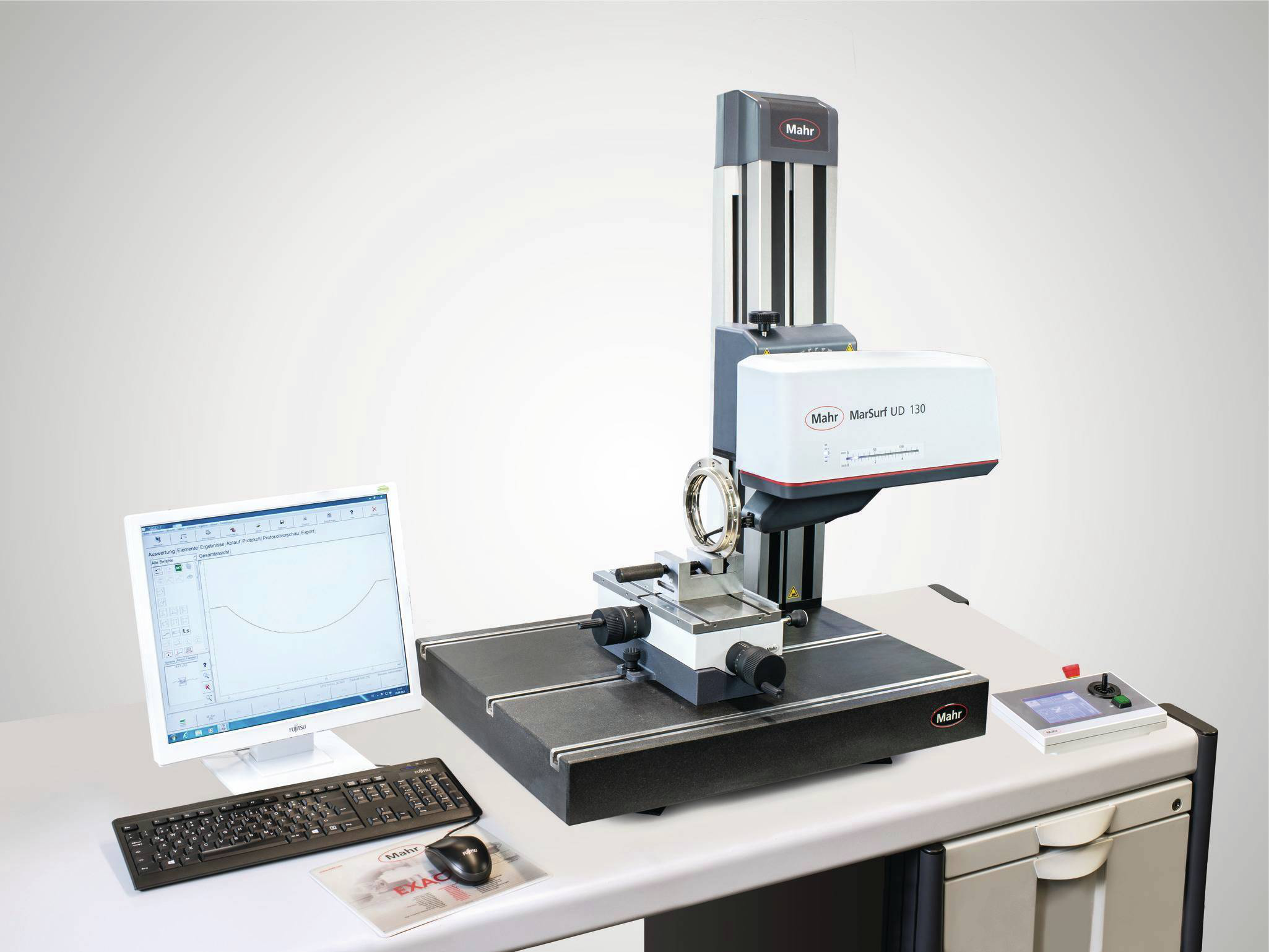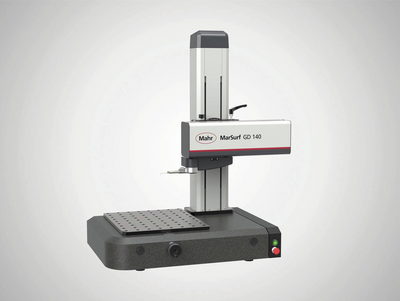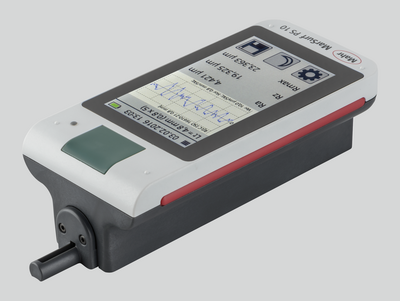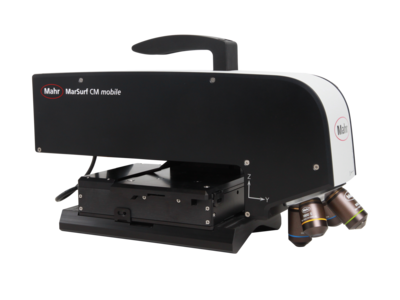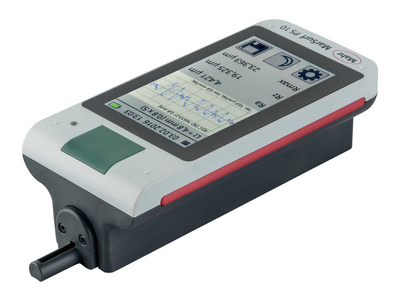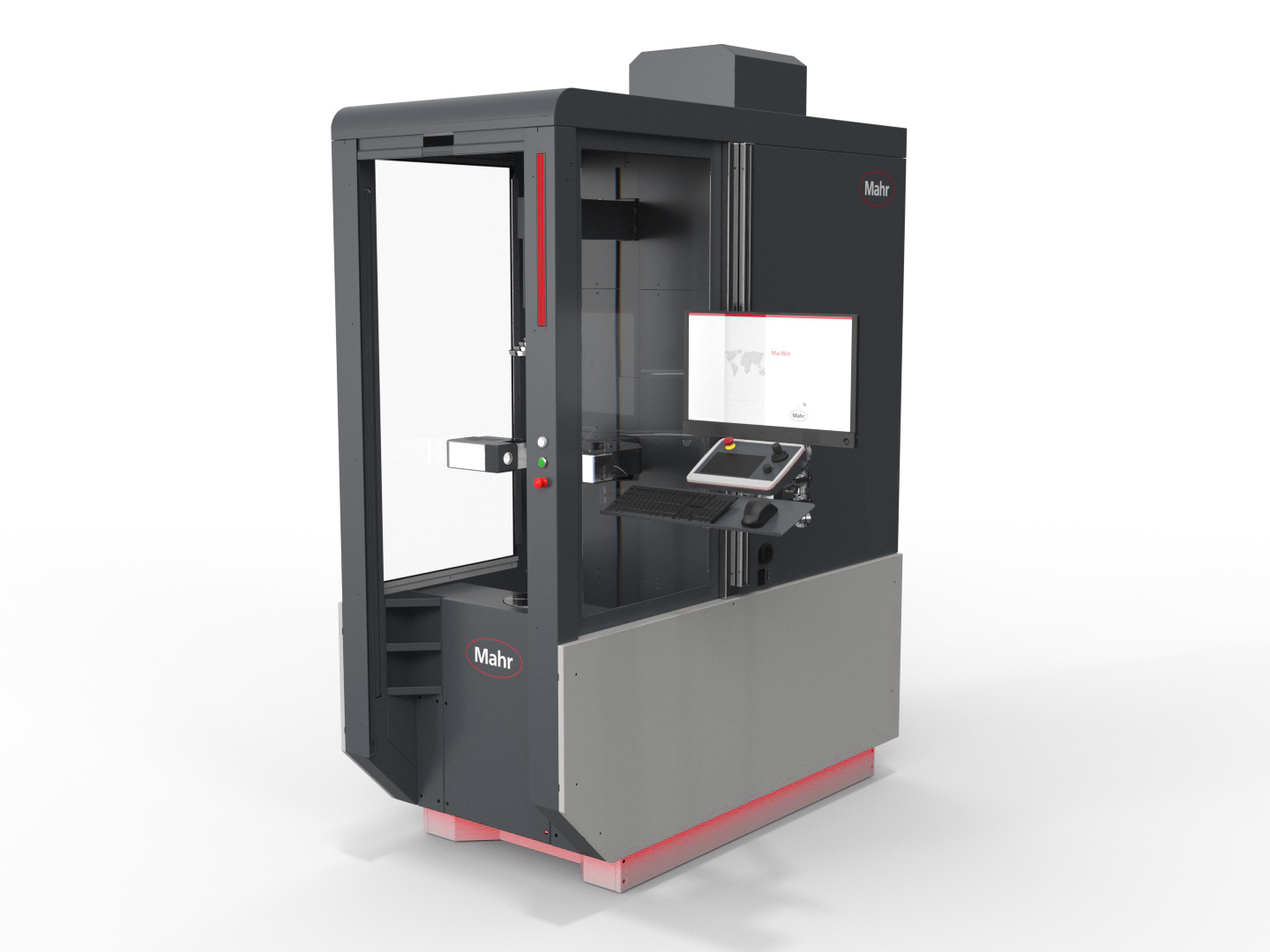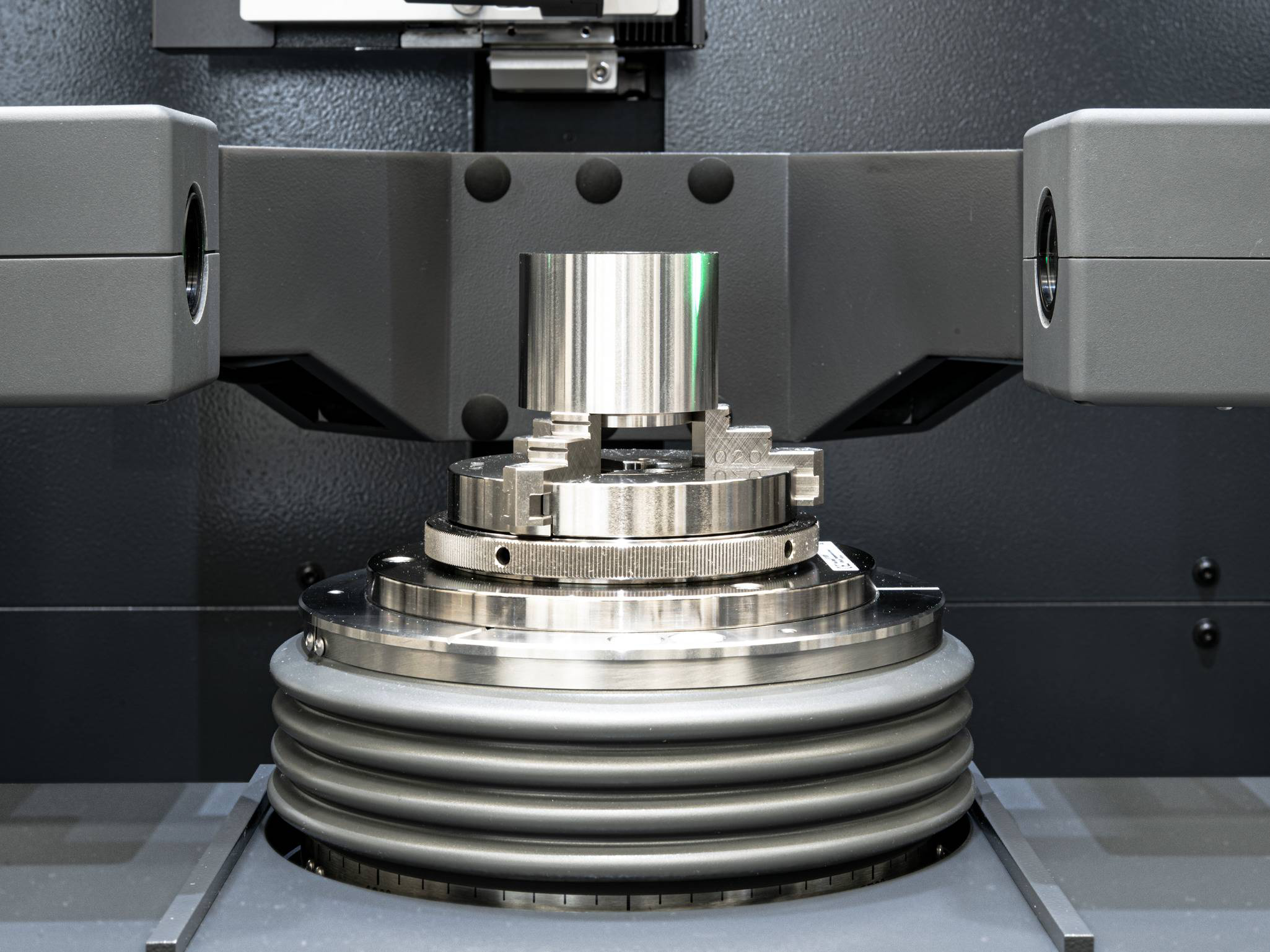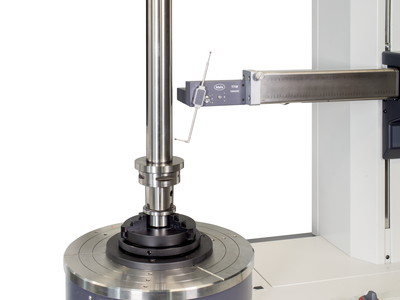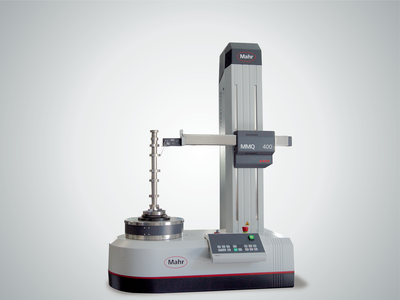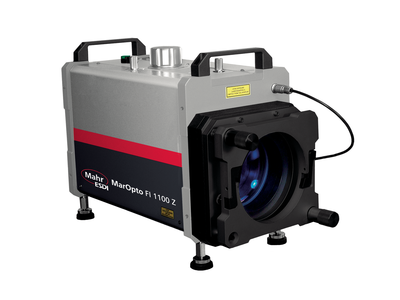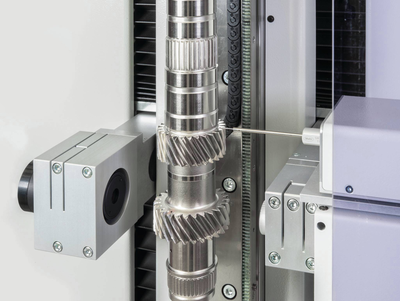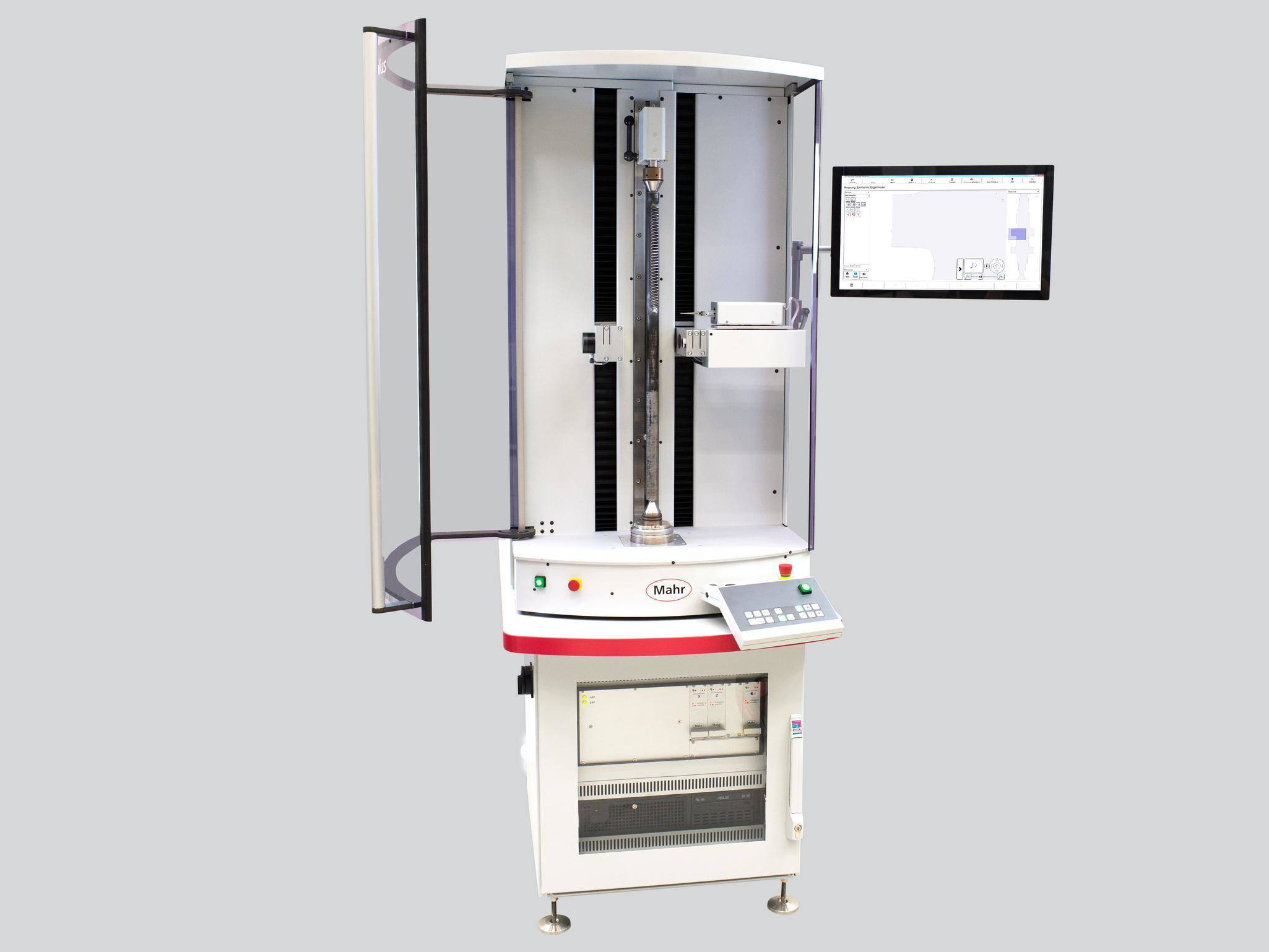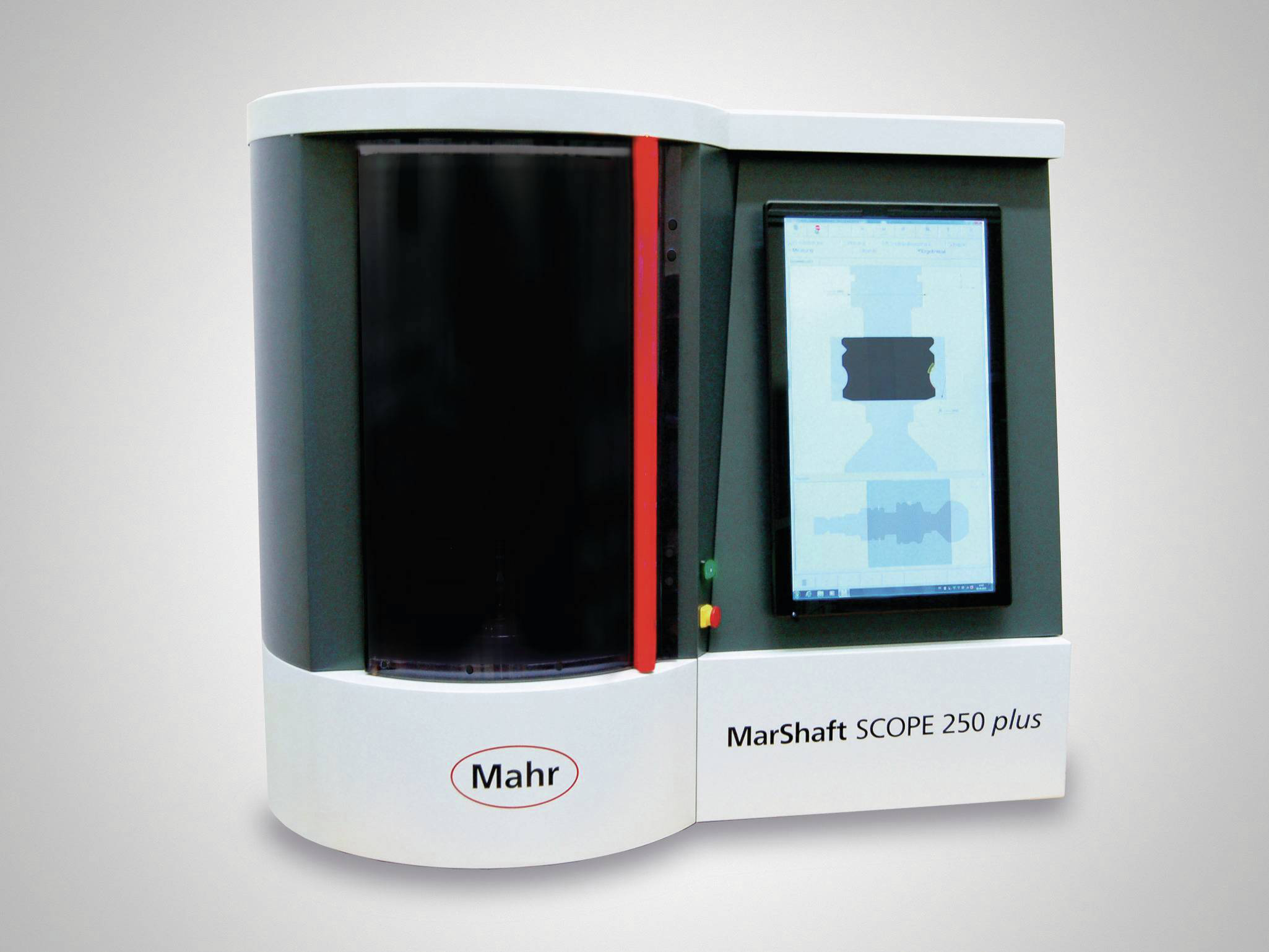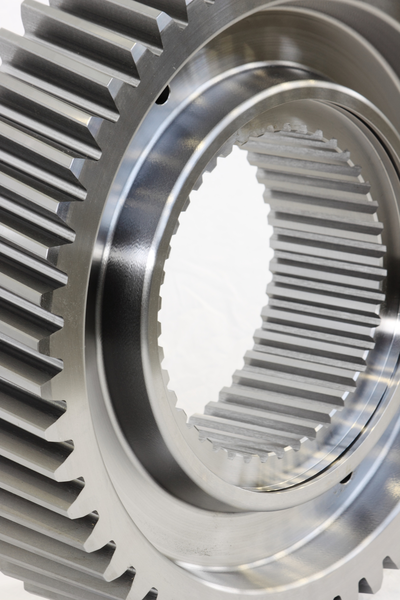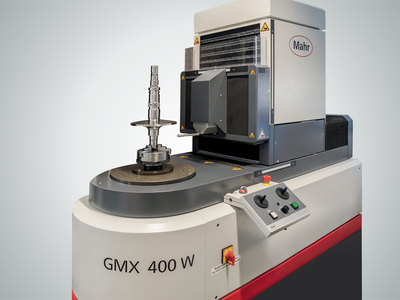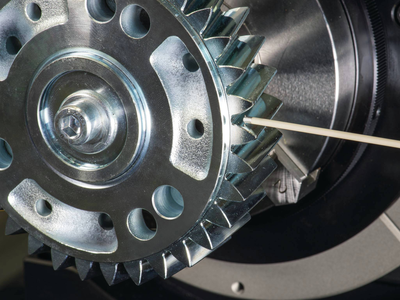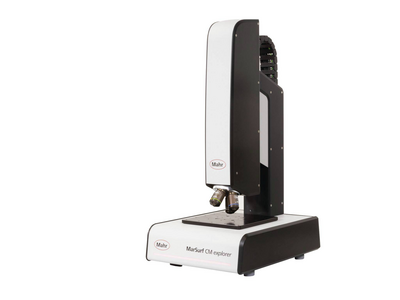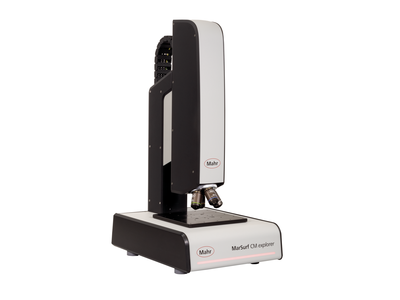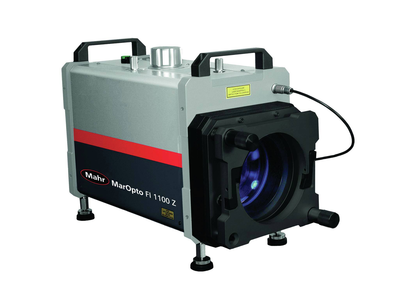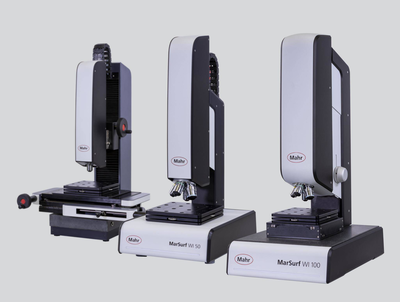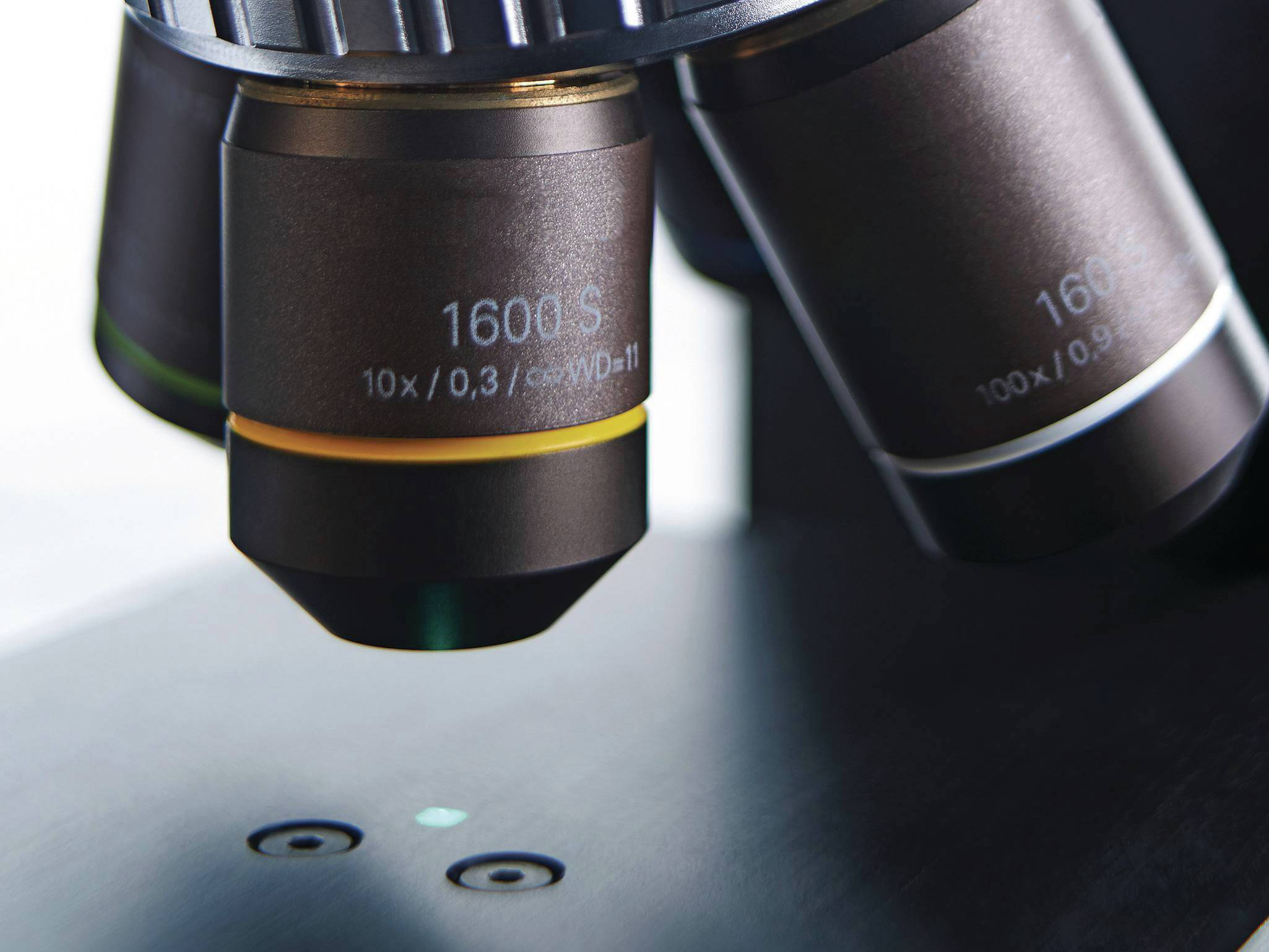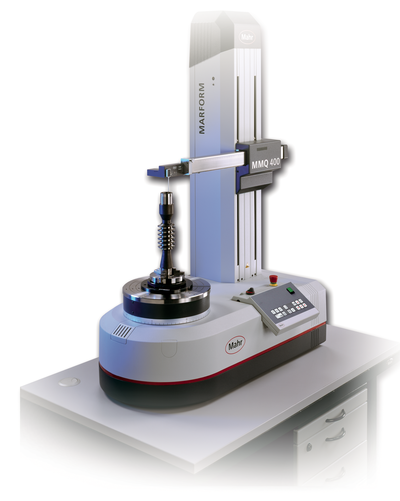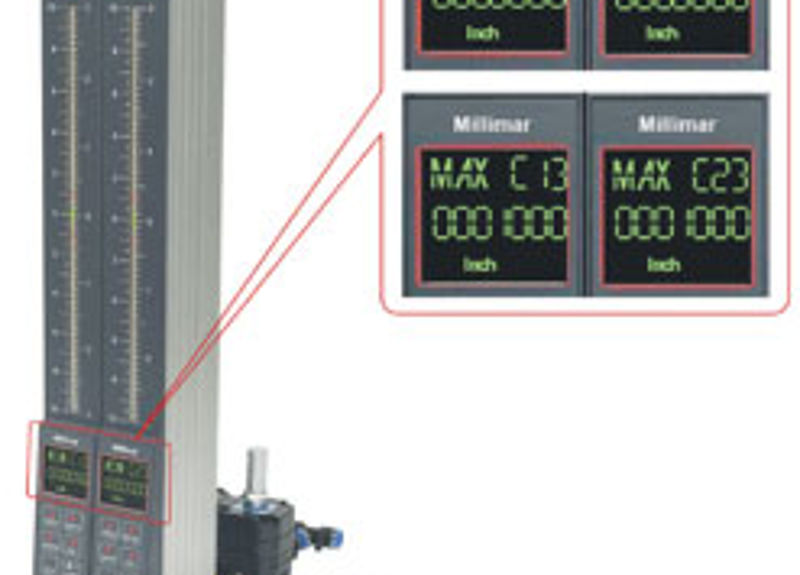Single master systems have the accuracy built into both the air tooling and the air gage display. This means that during manufacture, both the tooling and display are set to precisely known pneumatic characteristics. This makes the tooling a little more expensive, and the displays are fixed to work only with pneumatically matched tooling. Building the system this way enables a single master to set the air gage to its true pneumatic zero. Thus, using the laws of physics, the linearity and performance of the air gage are known.
The other method of building an air system is to use two masters to set the span or gain of the pneumatic system. Rather than use air tooling made to known and fixed characteristics, the user sets the tooling and air gage display so that the span displayed on the readout matches the span between the minimum and maximum setting masters. Setting up the air gage with two masters sets the sensitivity of all components of the air gaging system simultaneously. This allows the displays, air flows restrictors, regulators, air hoses, and the air jet nozzles to all work together to display the master values.
Dual master air gage displays are typically built around an adjustable back pressure system in which a mechanical or electronic display monitors the change in back pressure as the air jet from the tooling is restricted as it approaches the surface it is measuring. This back pressure system will usually have two user controls to adjust for the desired span as indicated on the masters.
The problem with many of the older mechanical air gages out there is that these two controls—one for span and one for zero—must be used simultaneously to achieve the required span. With a little practice, this process becomes second nature. But for "newbies," the process usually requires a lot of sweat and a few harsh words to get the desired span. The difficulty is that the controls do not act individually but react to each other. This means you have to work both controls together to achieve the target span. An old gaging tip associated with this process says, "span too tight, turn to the right."
But with today's electronics, this process has become much easier. Some electronic air gages still use the two-knob system to get the air display close to the right value, then let the electronics lead the operator through the mastering routine to fine tune the last few tens of millionths. Newer air gage displays eliminate the manual controls altogether and have enough range on the air transducer to allow it to work with most air tooling built. The air display then leads the operator through the process by asking for and entering the Min and Max master values.
Just as there are good and bad characteristics with the single master system, the same applies to the dual master process:
- The slightly higher air pressure cleans light oils and coolants form the part.
- The air flow restrictors and adjusters are easily accessed and can be cleaned if they get contaminated.
- The system has fair linearity.
- Since the magnification of the air displays are adjustable, they can be used with many different ranges of air tooling.
- The gages will accept almost any brand of air tooling, and the set points of the masters can be adjusted, although in some cases linearity may suffer.
- The units use two masters, which are easily traceable but add to initial cost.
- The response is good.
- As with any air gage, long hoses cause the response of the air tooling to slow down. But this can still be calibrated.
- Dual master systems can be used with very small and very large jets, allowing for either short range, high tolerance applications or longer range, loose tolerance applications.
- Many manufacturers make tooling for dual master back pressure air circuit type gages, so the customer is not tied down to any one manufacturer.
The biggest weakness of using a dual master system is that while the end points of the gage span are set with the two masters, it is not known what is happening in between. If data collection is critical and used for real process control, linearity around the target spec is the most important. This is where dual mastering has a slight disadvantage to a single master system.
But whatever system you choose, what is most important—aside from the technical quality of the system itself—is the application and technical support you get from your supplier. That's where the real benefits and savings are seen.
Dual master air gage displays are typically built around an adjustable back pressure system in which a mechanical or electronic display monitors the change in back pressure as the air jet from the tooling is restricted as it approaches the surface it is measuring. This back pressure system will usually have two user controls to adjust for the desired span as indicated on the masters.







